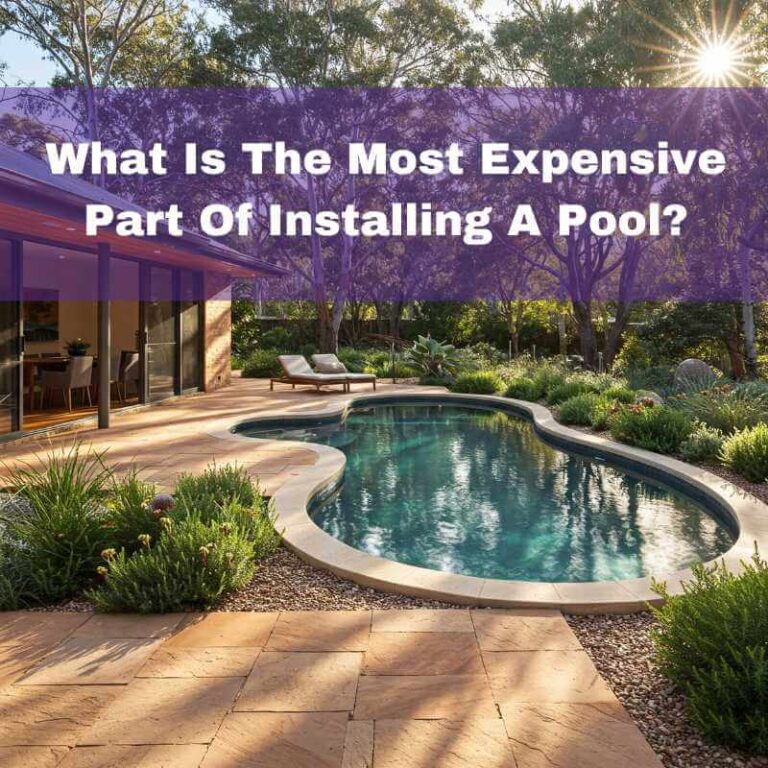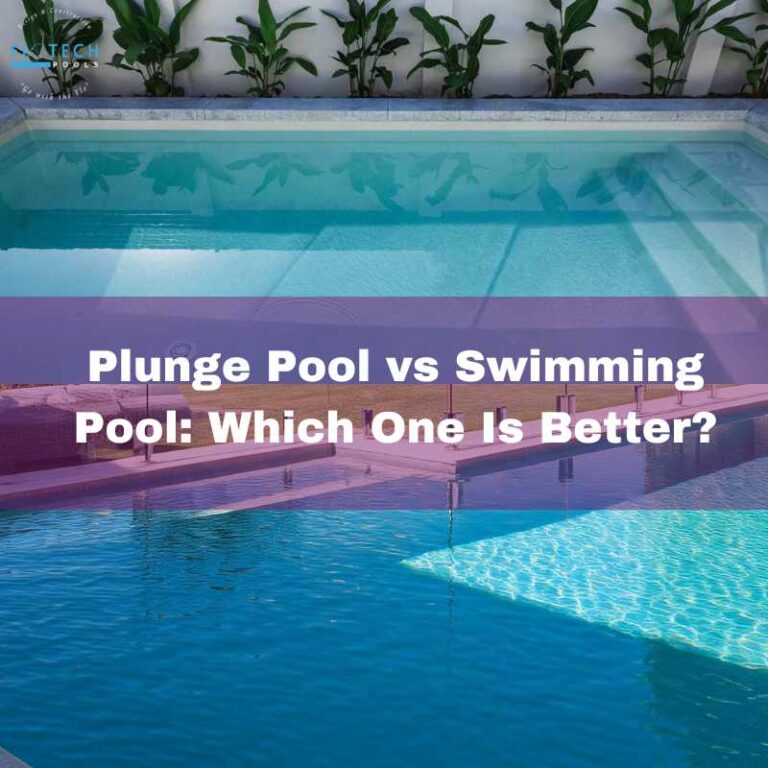But hold your horses! Just like a pet, a swimming pool is not just for Christmas. It’s a long-term commitment that requires regular care and maintenance. And that’s precisely what this ‘Plunge Pool Guide: Maintenance & Care of Plunge Pools’ is all about.
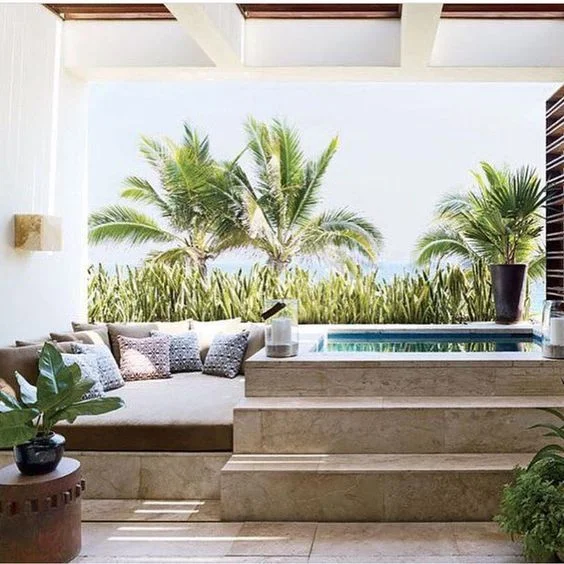
Table of Contents
Toggle1. Regular Cleanliness is a Must
The key to a pristine swimming pool lies in regular cleaning. This includes skimming leaves, brushing the sides, and vacuuming the floor.
2. Maintaining the Chemical Balance: Understanding Water Chemistry
Maintaining the right balance of chemicals in your pool is a delicate dance. This balance ensures your pool remains a safe and healthy environment.
The first step in mastering pool chemistry is getting to grips with the basics. Here are the essential elements you need to be familiar with:
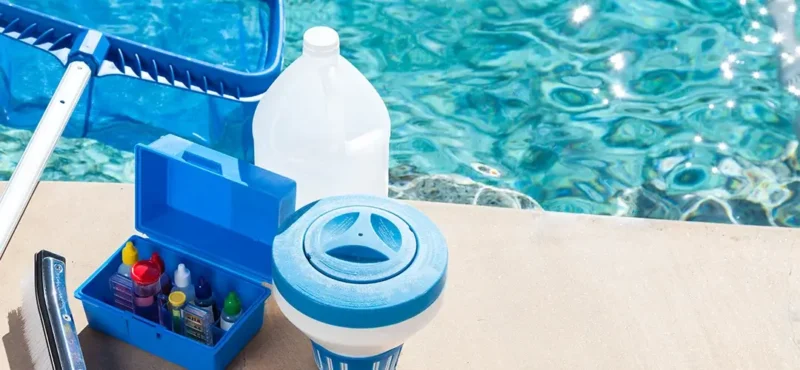
A. pH Levels
pH is a measure of how acidic or alkaline the water is. The ideal pH level for your plunge pool water should be between 7.2 and 7.8. Too low, and the water becomes corrosive, which can damage your pool equipment. Too high, and you might start to see scale formation, cloudiness, and reduced chlorine efficiency.
B. Alkalinity
Alkalinity acts as a pH buffer. It helps to stabilize the pH levels and prevent rapid fluctuations. The recommended total alkalinity for a pool is between 80 and 120 parts per million (ppm).
C. Chlorine
Chlorine is the most common sanitizer used in pools. It kills bacteria, viruses, and algae. The ideal free chlorine level is between 1.0 and 3.0 ppm. However, the presence of too much chlorine can cause skin, eye, and respiratory issues.
D. Cyanuric Acid
Cyanuric acid protects chlorine from being destroyed by the sun’s ultraviolet rays. It should be maintained at 30-50 ppm in outdoor pools.
E. Calcium Hardness
This refers to the amount of calcium in the water. High calcium hardness can cause scaling, while low levels can lead to corrosion. The recommended range is 200-400 ppm.
3. Striking the Perfect Balance
Now that you know the key elements of water chemistry, let’s talk about how to maintain your pool at the right levels.
A. Regular Testing
One of the most essential steps in maintaining the chemical balance in your pool is regular testing. Pool testing kits are readily available, affordable, and easy to use. Test your pool water at least once a week, and more often during peak use or after heavy rainfall.
B. Adjusting Chemical Levels
Once you’ve tested the water, you can then adjust the chemical levels accordingly. To raise or lower pH levels, you can use pH increasers or decreasers, which are commonly available at pool supply stores. To adjust chlorine levels, you can add more chlorine or use a chlorine neutralizer. Remember, always follow the manufacturer’s instructions when adding chemicals to your pool.
C. Professional Help
While you can do much of the chemical maintenance yourself, it’s a good idea to occasionally get your water professionally tested. Pool service companies have access to more sophisticated testing equipment, which can provide a more comprehensive analysis of your pool water.
Maintaining the chemical balance of your plunge pool might seem complicated at first, but with a little practice and understanding, it can become as routine as skimming leaves off the surface. Remember, a well-maintained pool is a safe and enjoyable pool. So, arm yourself with knowledge, stay vigilant, and happy swimming!
4. Keep an Eye on Water Levels
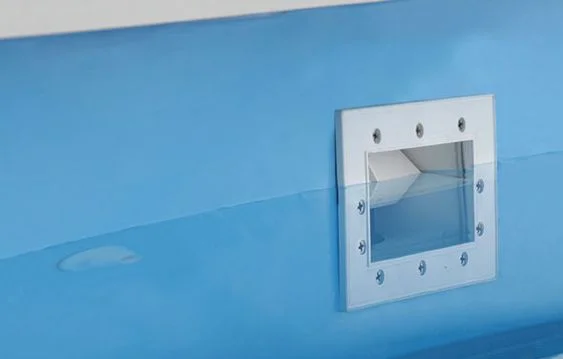
Water levels in your plunge pool should be kept approximately 100-150mm lower than the top of the pool.
5. Dealing with Plunge Pool Issues
Even the most meticulously maintained plunge pools can sometimes face issues. After all, they are complex systems subject to a myriad of internal and external factors. Leaks, cloudy water, algae blooms, and equipment malfunctions can all disrupt your plunge pool paradise. But don’t let these potential problems dampen your spirits.
A. Leaky Equipment
Discovering water pooling around your plunge pool equipment can give you a sinking feeling. But it’s not all doom and gloom. Here’s how you deal with leaky equipment:
Detecting the Leak
First, you need to ascertain if the leak is coming from your equipment or if it’s simply natural water loss due to evaporation. A simple bucket test can help with this. Fill a bucket with water and mark the water level. Place it beside your pool and mark the pool’s water level as well. Compare the two after 24 hours. If the pool water level drops more than the bucket’s, you likely have a leak.
Locating and Fixing the Leak
Once you’ve confirmed a leak, inspect your pool equipment when it’s running. Check for visible signs of leakage around the pump, filter, heater, and pipe connections. If you find a leak, you might be able to fix it by tightening connections, replacing faulty gaskets, or applying a pool-specific sealant. For more complex leaks, calling in a pool professional is the wisest choice.
B. Cloudy Water
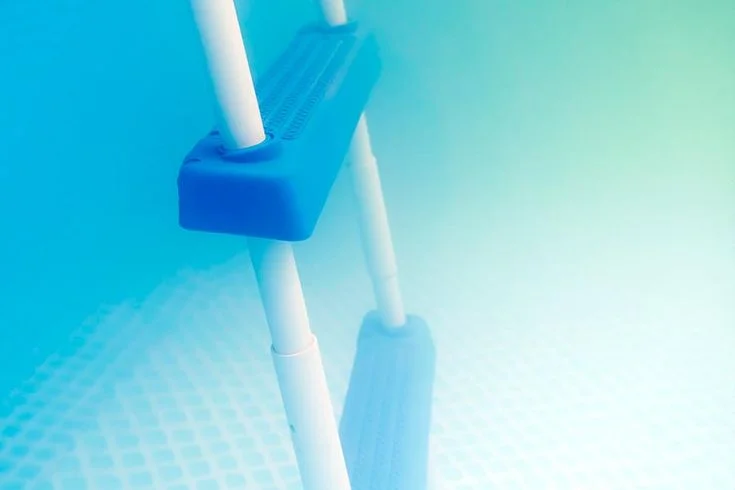
When your crystal clear plunge pool turns into a cloudy mess, it can be quite a sight for sore eyes. Cloudiness is typically a sign of imbalanced water chemistry, inadequate filtration, or environmental factors.
Balancing Water Chemistry
Plunge Pools require regular testing and adjustment of your pool’s pH, alkalinity, and sanitizer levels can help keep your pool clear. Shocking your pool or using a clarifier can also restore water clarity by clumping together microscopic particles for easier filtration. Get yourself a water testing kit for your backyard pool.
Improving Filtration
Ensuring your filtration system is working efficiently is key to avoiding cloudy water. Regularly clean and backwash your filter, and make sure your pump runs for an adequate amount of time each day.
C. Algae Blooms
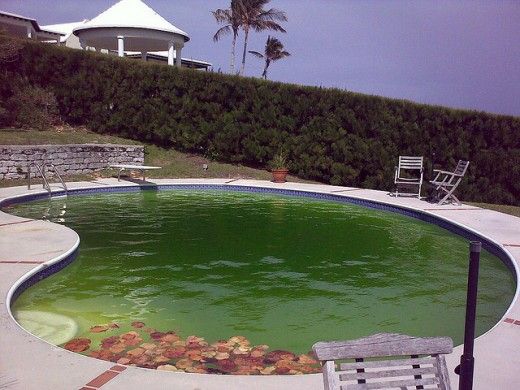
If your plunge pool is turning green, you’re likely dealing with an algae bloom. Algae thrive in pools with low sanitizer levels and poor circulation.
Preventing and Treating Algae
Prevent algae by maintaining proper chlorine levels and ensuring good water circulation, particularly in warmer weather. If algae have already set up in your pool, a combination of vigorous brushing, pool shocking, and an algaecide can evict these unwelcome guests.
D. Equipment Malfunctions
When your plunge pool equipment fails to function, it can cause a ripple effect of problems in your pool. Regular maintenance is key to preventing this.
Regular Maintenance and Inspections
Ensure that your pool’s pump, filter, and heater are regularly serviced according to the manufacturer’s instructions. Be alert for any signs of malfunction, such as unusual noises, leaks, or a drop in performance.
Getting Professional Help
If a piece of equipment does break down, it’s often best to call in a professional unless you’re experienced with pool equipment repairs.
Troubleshooting plunge pool issues can sometimes feel like you’re swimming against the tide. But with a bit of knowledge and proactive pool care, you can keep your pool in top shape, ready for your next refreshing dip!
Conclusion
Being a pool owner can feel like a slice of heaven on earth, but remember, it’s not all sunshine and rainbows. It requires regular swimming pool maintenance and care.
The key takeaway is that routine care and timely intervention are the best ways to ensure your plunge pool stays in perfect condition.
And remember, when in doubt, don’t hesitate to call in our professional team. After all, an ounce of prevention is worth a pound of cure. Happy plunging!
Frequently Asked Questions about Plunge Pool Maintenance
1. How often should I clean my plunge pool?
Ideally, you should give your plunge pool a quick skim every day. Clean and maintain your pool by checking the chemicals once a week. Setting up a pool maintenance schedule can help to keep your new pool free from bacteria and algae.
2. How can I maintain the right water temperature in my plunge pool?
You can use a pool cover to help maintain the desired pool water temperature and prevent unnecessary heat loss.
3. Can I use regular household cleaners to clean my plunge pool?
No. It’s best to use specially designed pool cleaning products that won’t interfere with the water’s chemical balance. An automatic pool cleaner (cleaning robot) can help do the job as well. Contact your local pool shop for pool chemicals and ask them for a more in-depth pool maintenance guide.
4. Why is the water level in my plunge pool dropping?
No matter the pool size, a bit of water loss due to evaporation is normal, but a significant drop may indicate a leak.
5. What can cause the water in my plunge pool to turn green?
Green water usually indicates algae growth, often due to an imbalance in water chemistry.
6. What should I do if I notice cracks in my plunge pool?
If you spot cracks, it’s time to call in a professional. Cracks can lead to serious damage if left unchecked.

